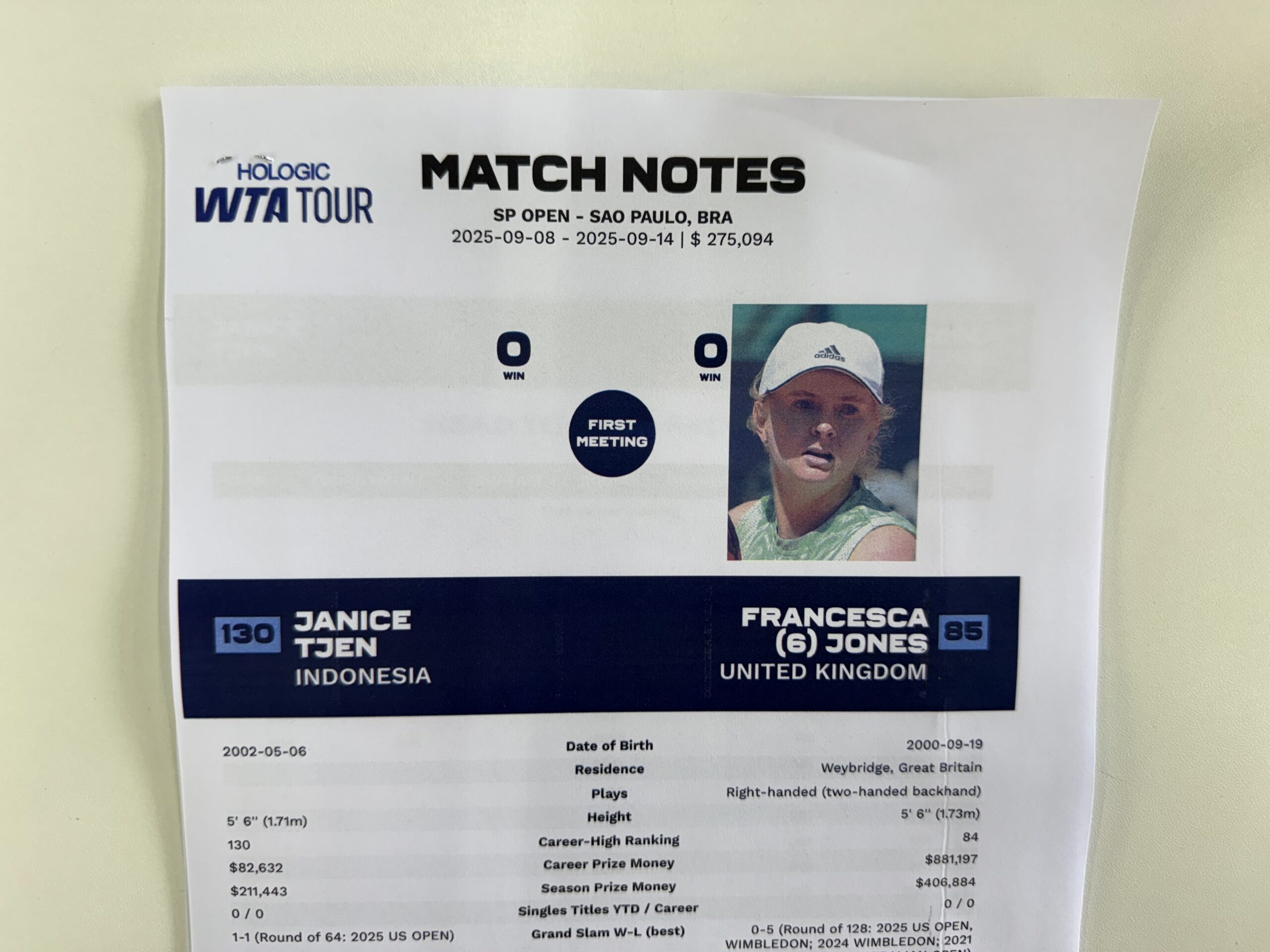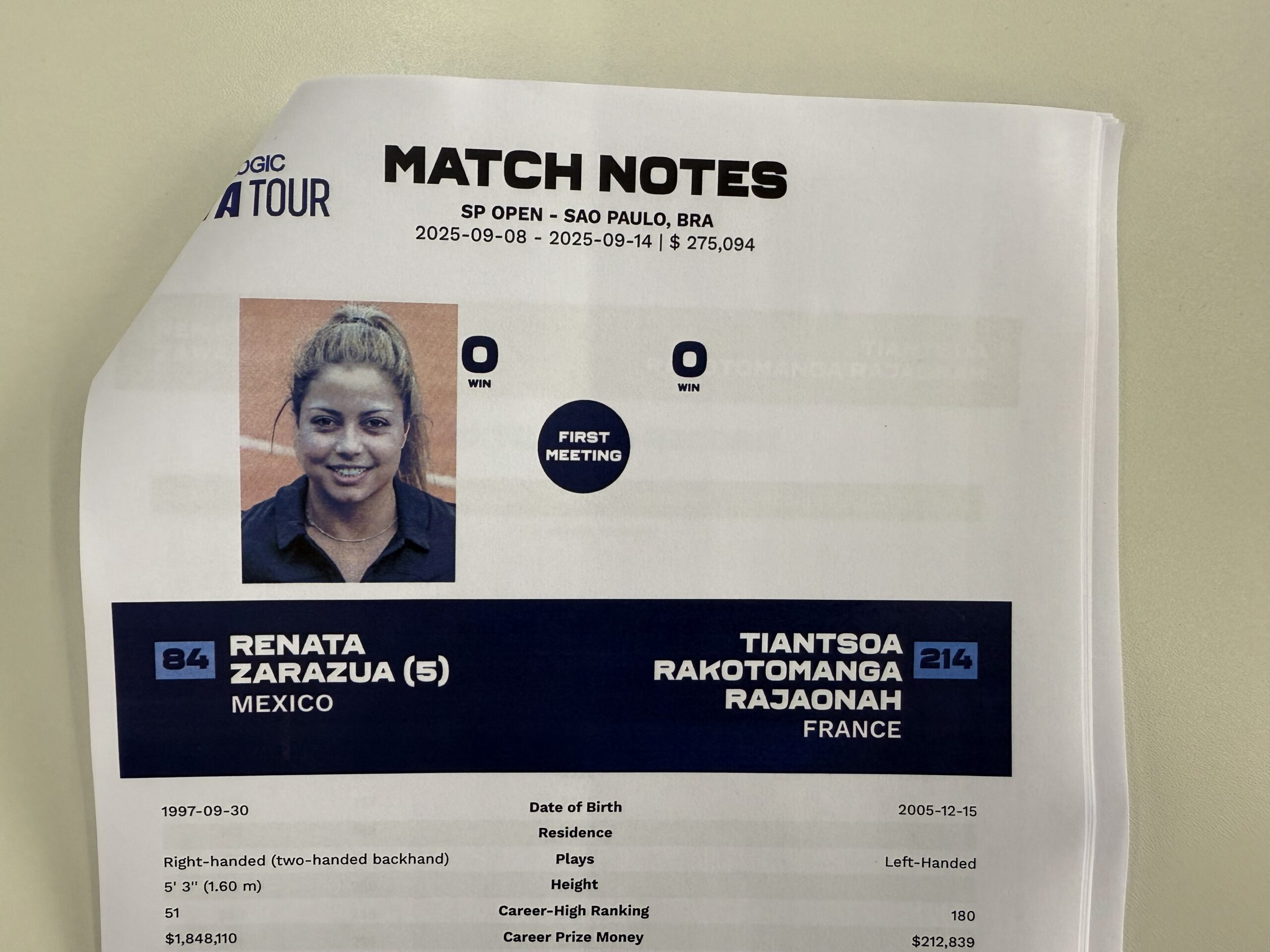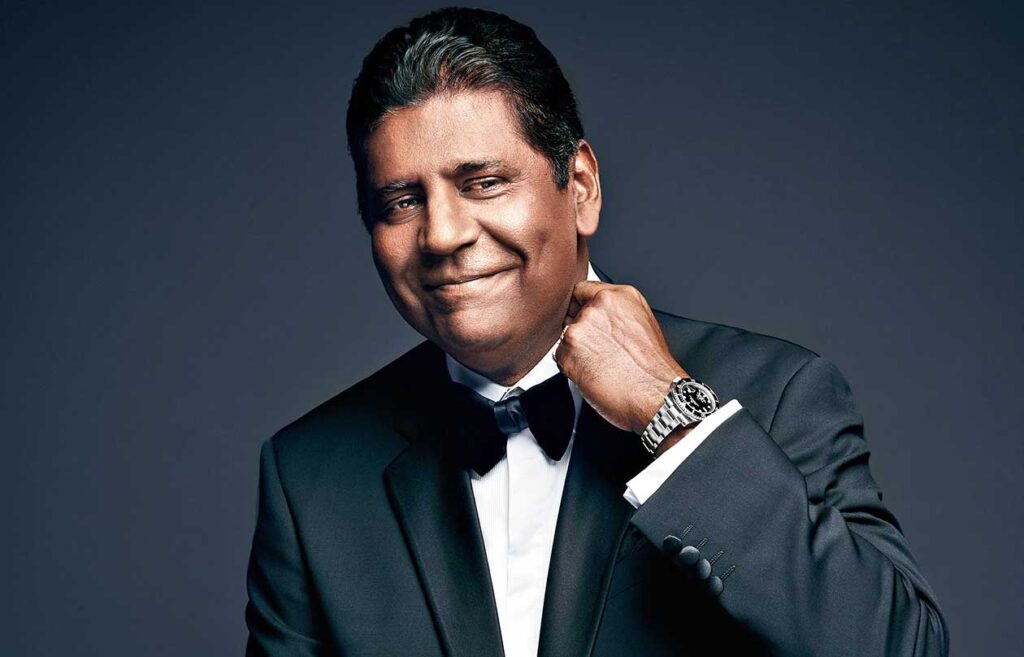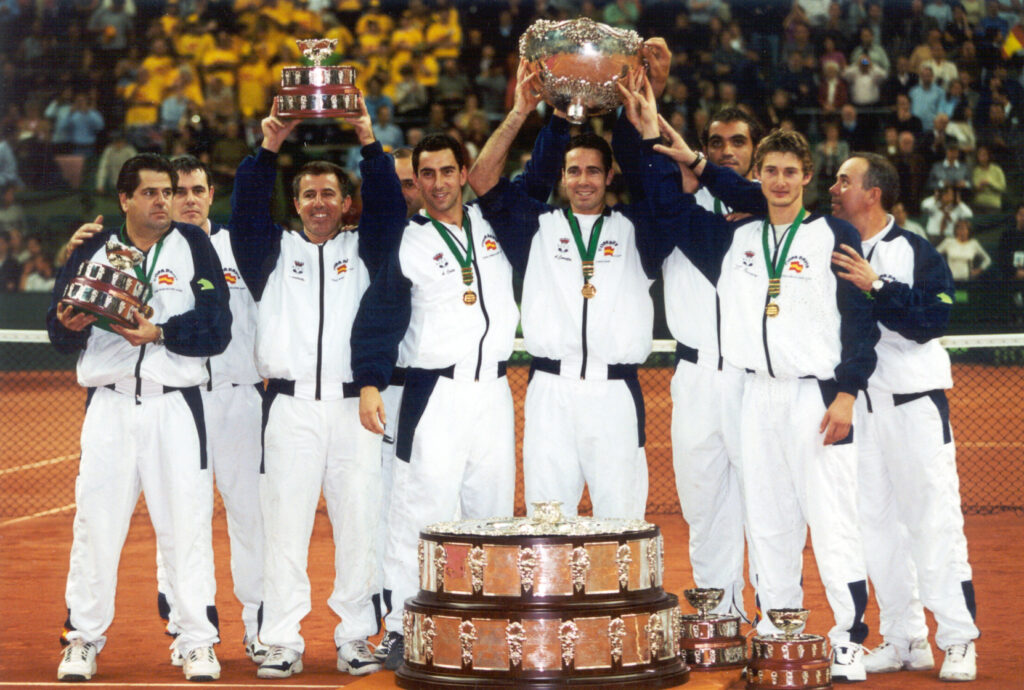SÃO PAULO – Fighting every week to climb the world rankings and earn a place among the best tennis players in the world is already a tough challenge in itself. Doing so as a ‘ghost’ on the tour is even more so.
This is the case for six of the top 100 and 13 of the top 150 tennis players in the world, who have no face in the WTA world rankings. Where there should be a photo, only a black silhouette appears.
There is no photo for Croatia’s Antonia Ruzic, ranked 72nd in the world. Five places below her, Czech Tereza Valentova is also a ghost, as is Argentina’s Solana Sierra, who is ranked 82nd.
‘It’s kind of weird, to be honest,’ Sierra admitted during an interview with CLAY in São Paulo. “I have photos, and they can take photos. They’ll put it up eventually…”
It is striking that Sierra, among the top 16 at Wimbledon this year, does not have a photo. After all, the WTA has just launched a rebranding of its image and put a lot of effort into revamping and improving its website.

The same is true for Japan’s Aoi Ito (87), Australia’s Kimberley Birrell (88), Switzerland’s Jil Teichmann (90), Australia’s Talia Gibson (107), Latvia’s Darja Semenistaja (110), Swiss Simona Waltert (124), Spanish Leyre Romero Gormaz (125), Thai Mananchaya Sawangkaew (131), Czech Dominika Salkova (147) and Oksana Selekhmeteva (149).
This does not happen to any player in the top 150 of the ATP world rankings, although it is true that not all of them have a professional, carefully taken studio photo. But there are no ghosts in the elite of the men’s tour, at most simpler photos, similar to those used for a driving licence. They all have their photo.
Is there not enough money or people in the WTA for something as basic as getting photos of 13 of the 150 best players in the world? It sounds strange when you have sponsors such as Morgan Stanley, a top investment bank, or PIF, Saudi Arabia’s sovereign wealth fund.
And it’s somewhat contradictory to the WTA’s own mission statement on its website: “Founded in 1973 by the visionary Billie Jean King, the WTA was created to build equal opportunities for women in tennis, and we’ve been breaking boundaries ever since. Today we’re the powerhouse of women’s professional sports, uniting athletes in fearless competition and bringing people together through the love of tennis.”
On 13 September, in the semi-finals of the WTA 250 in Sao Paulo, South America’s biggest tournament, the match reports for the two matches contained the usual profuse and hyper-detailed statistics provided by the WTA. But Britain’s Francesca Jones was facing a ghost, Indonesia’s Janice Tjen, who appeared without a photo. The same was true for Mexico’s Renata Zarazúa: France’s Tiantsoa Rakotomanga Rajaonah was also absent, perhaps paying the price for being 19 years old and ranked 214th. Despite the fact that the WTA accredited a photographer at the Brazilian tournament.


The problem is that these ghosts are not ghosts. They are young, hyper-connected players, just as today’s world demands. They are young women, with emotions and heart, fighting tooth and nail to earn a living as tennis players.
Turning them into black silhouettes is no minor detail for a generation that sees and shows everything. It is too much like ignoring them, telling them that they matter less than others.
Tell that to Tjen and Rakotomanga Rajaonah, who are playing this Sunday in São Paulo, the largest city in the West, for the tournament title.








